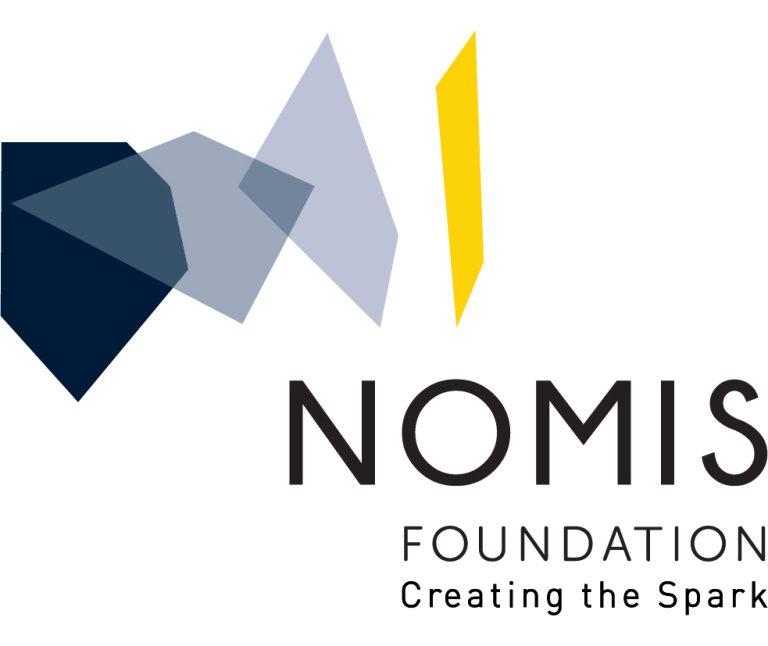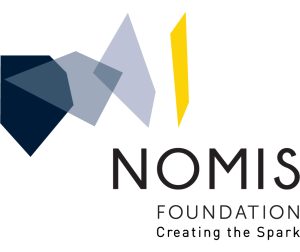

Recently, magnetosomes have attracted much attention for biotechnological applications — in particular, their ability to generate heat under application of an external alternating magnetic field has opened exciting avenues for novel cancer treatment, going so far as to cure certain cancers in mice.
Magnetosomes are naturally occurring magnetic nanoparticulate structures composed of magnetite that can oxidize into maghemite and that are surrounded by lipid bilayer membranes. They are produced by magnetotactic bacteria, which use these particles to swim in the direction of the Earth’s magnetic field to find the optimal environment for their development. Magnetosomes display a number of appealing properties that distinguish them from the majority of chemically synthesized nanoparticles.
Already two proofs of concept in mouse cancer models have indicated the strong potential of magnetosome-generated heat to cure cancer. In a first series of experiments, magnetosomes were administered to breast-cancer-bearing mice, followed by the application of an external alternating magnetic field to raise tumor temperatures to ~43 °C. The treatment resulted in full tumor disappearance one month following treatment. A second series of experiments applied the same treatment to mice with U87 glioblastoma, resulting in full tumor disappearance one month following the beginning of the treatment.
Previous in-vitro and in-vivo studies have demonstrated the significant advantages of magnetosome-based hyperthermia over commonly used treatment options for cancer (i.e., surgery, radiotherapy and chemotherapy). These include the lack of severe systemic side effects, a minimally invasive procedure that spares healthy tissues, long-term tumor control and repeatability.
Building on these very promising developments, the Mechanisms of the Anti-Cancer Activity Generated by Magnetosomes project is exploring the therapeutic potential of magnetosome-based hyperthermia as an efficient, safe and cost-effective treatment strategy for difficult-to-treat malignant diseases in animal and human patients, such as sarcoma and glioblastoma. The project will look at the role of the immune system in magnetosome-based treatment as well as the effect of magnetosomes on the quality of magnetic resonance imaging (MRI), which is commonly used for clinical follow-ups after treatment.
The project is being led by Caroline Maake and Edouard Alphandéry at the Institute of Anatomy, University of Zurich, Zurich, Switzerland.
The project is being led by Caroline Maake and Edouard Alphandéry at the Institute of Anatomy, University of Zurich, Zurich, Switzerland.

